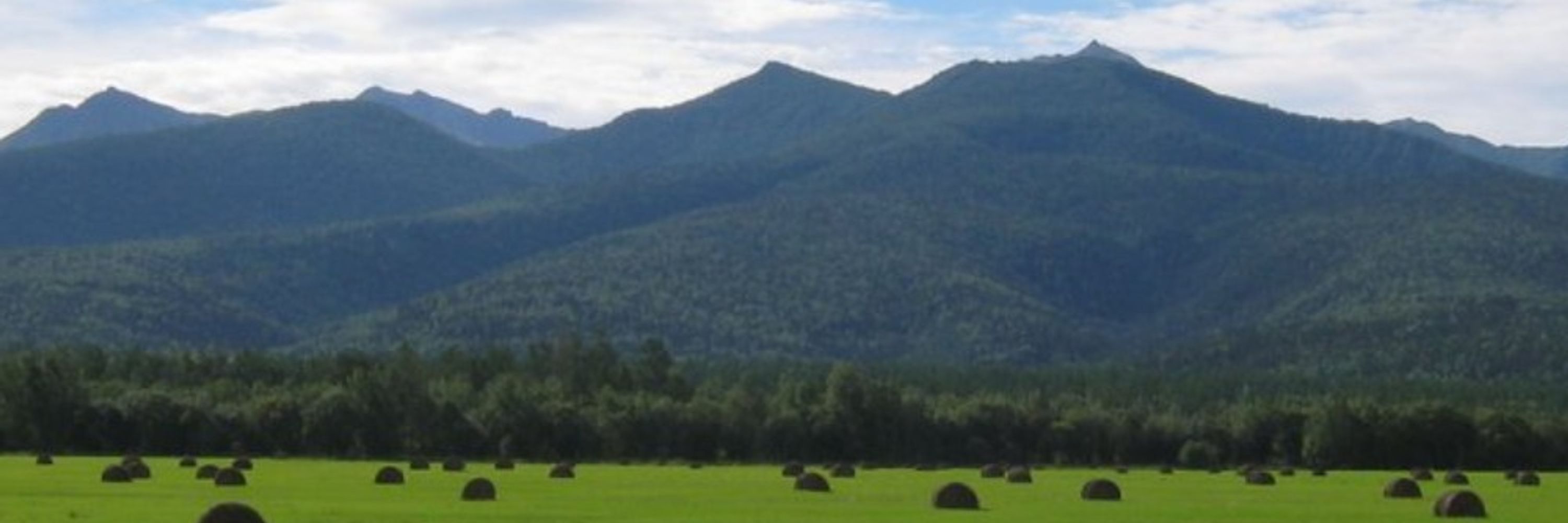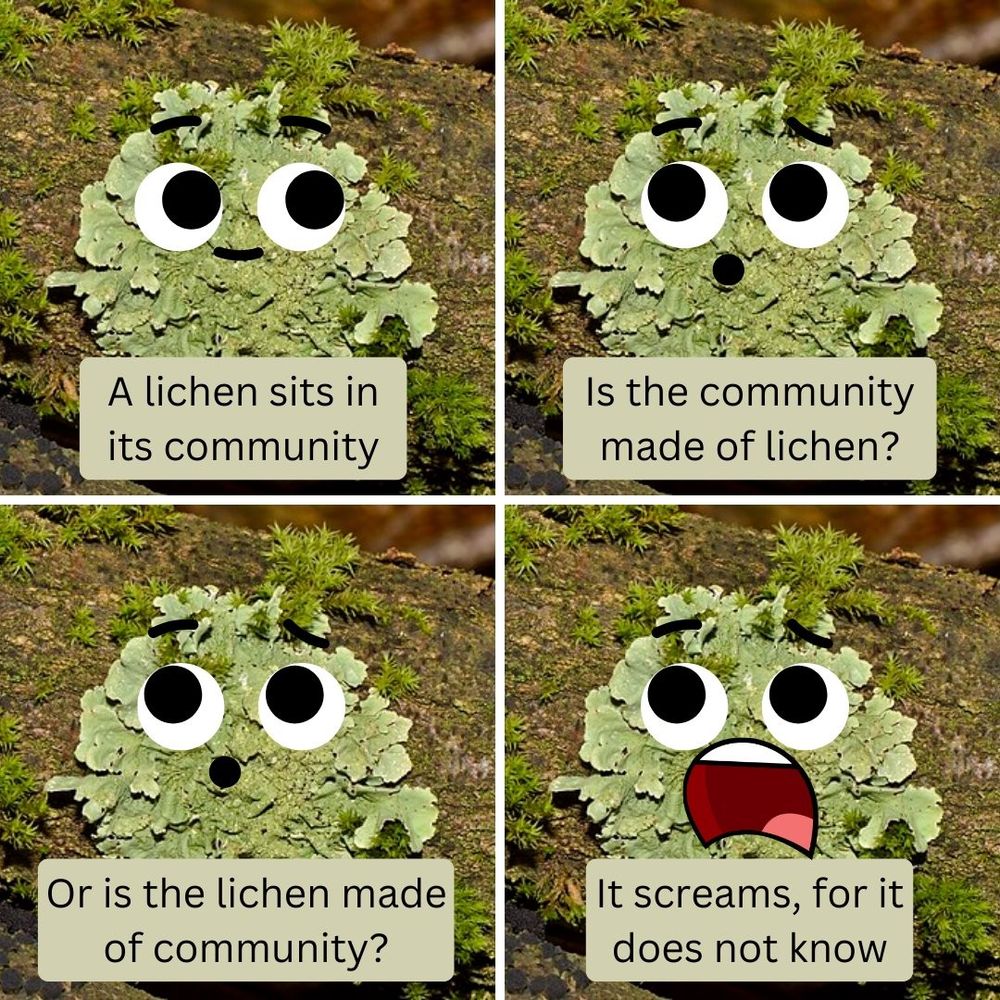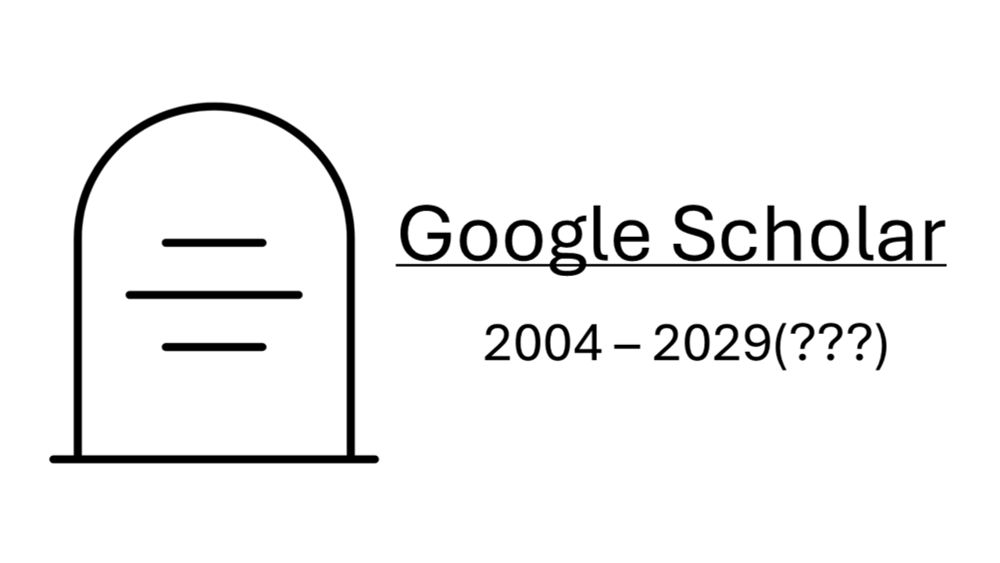Gulnara Tagirdzhanova
@metalichen.bsky.social
740 followers
520 following
140 posts
Postdoc at @deepsthlmuni.bsky.social (Stockholm University)
lichen symbiosis | metagenomics | evolution |
Previously at @thesainsburylab.bsky.social. PhD from @ualberta.bsky.social
Personal website: metalichen.github.io
#StandWithUkraine
she/her
Posts
Media
Videos
Starter Packs
Pinned
Reposted by Gulnara Tagirdzhanova
Reposted by Gulnara Tagirdzhanova
Reposted by Gulnara Tagirdzhanova
Reposted by Gulnara Tagirdzhanova
Reposted by Gulnara Tagirdzhanova
Angus Bucknell
@angusb.bsky.social
· Sep 6

Sanctuary: a Starship transposon facilitating the movement of the virulence factor ToxA in fungal wheat pathogens | mBio
The work presented here expands our understanding of a novel group of mobile genetic
elements called Starships that facilitate the horizontal exchange of numerous genes between fungal pathogens.
Our a...
doi.org
Reposted by Gulnara Tagirdzhanova
Reposted by Gulnara Tagirdzhanova
Fantin Mesny
@mesny.bsky.social
· Aug 15

Plant-associated fungi co-opt ancient antimicrobials for host manipulation
Evolutionary histories of effector proteins secreted by fungal pathogens to mediate plant colonization remain largely elusive. While most functionally characterized effectors modulate plant immunity, ...
www.biorxiv.org
Reposted by Gulnara Tagirdzhanova
Reposted by Gulnara Tagirdzhanova
Reposted by Gulnara Tagirdzhanova
Team Thomma
@teamthomma.bsky.social
· Jul 24
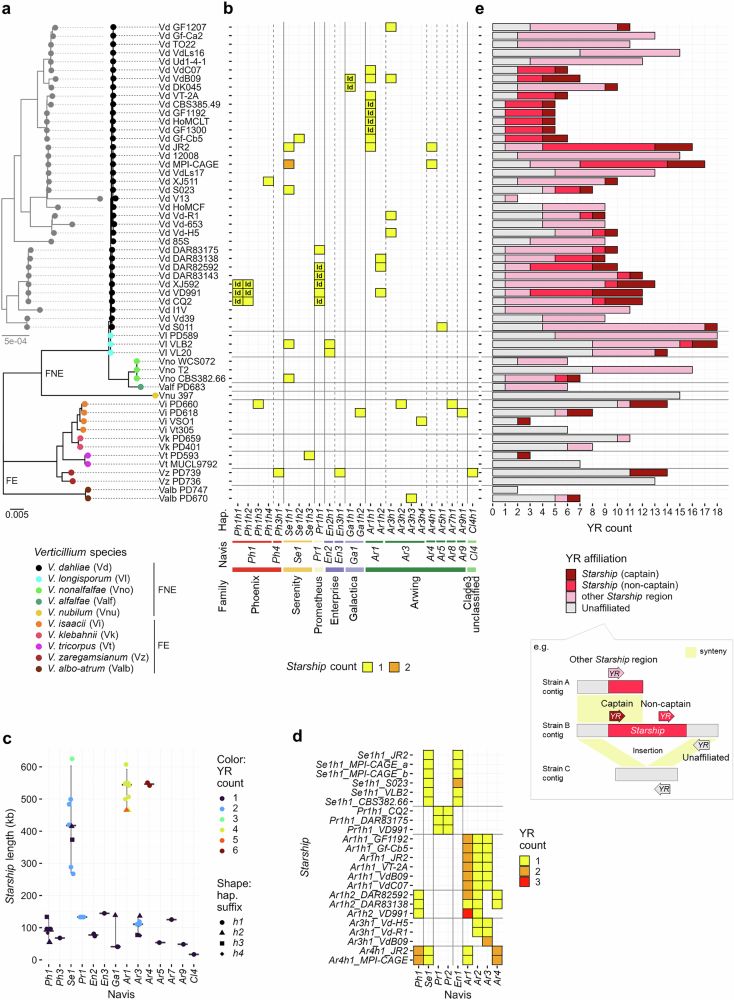
Starship giant transposons dominate plastic genomic regions in a fungal plant pathogen and drive virulence evolution
Nature Communications - Giant transposons, known as ‘Starships’, mediate horizontal gene transfer between fungal genomes. Here, Sato et al. show that Starships occupy genome regions...
rdcu.be
Reposted by Gulnara Tagirdzhanova
Mikhail Spivakov
@mspivakov.bsky.social
· Jul 19
Reposted by Gulnara Tagirdzhanova
jamelle
@jamellebouie.net
· Jul 13
Jane Coaston
@janecoaston.bsky.social
· Jul 12
Reposted by Gulnara Tagirdzhanova
Reposted by Gulnara Tagirdzhanova
Nick Talbot
@talbotlabtsl.bsky.social
· Jun 27

UVC-Intense Exoplanets May Not Be Uninhabitable: Evidence from a Desert Lichen | Astrobiology
Many of the recently discovered Earth-like exoplanets are hosted by M and F stars, stars that emit intense UVC, especially during a flare. We studied whether such planets are nevertheless habitable by irradiating a desert lichen, Clavascidium lacinulatum, with 254-nm 55 W/m2 UVC nonstop for 3 months in the laboratory. Only 50% of its algal photobiont cells were inactivated. To put this in perspective, we used the same setup to challenge the photobiont cells but grown in pure culture, and Deinococcus radiodurans, the most radiation-resistant bacterium on Earth. Entire monolayers of hundreds of cells were inactivated in just 60 s. Further studies indicated that the cortex of the lichen was rendered UVC-opaque by deposits of phenolic secondary metabolites in its interstices. The lichen was injured only because, while most photochemical reactive oxygen species were quenched, photochemical ozone was not. We conclude that UVC-intense exoplanets are not necessarily uninhabitable to photosynthetic organisms.
www.liebertpub.com
Reposted by Gulnara Tagirdzhanova
Jack A Gilbert
@gilbertjacka.bsky.social
· Jun 23
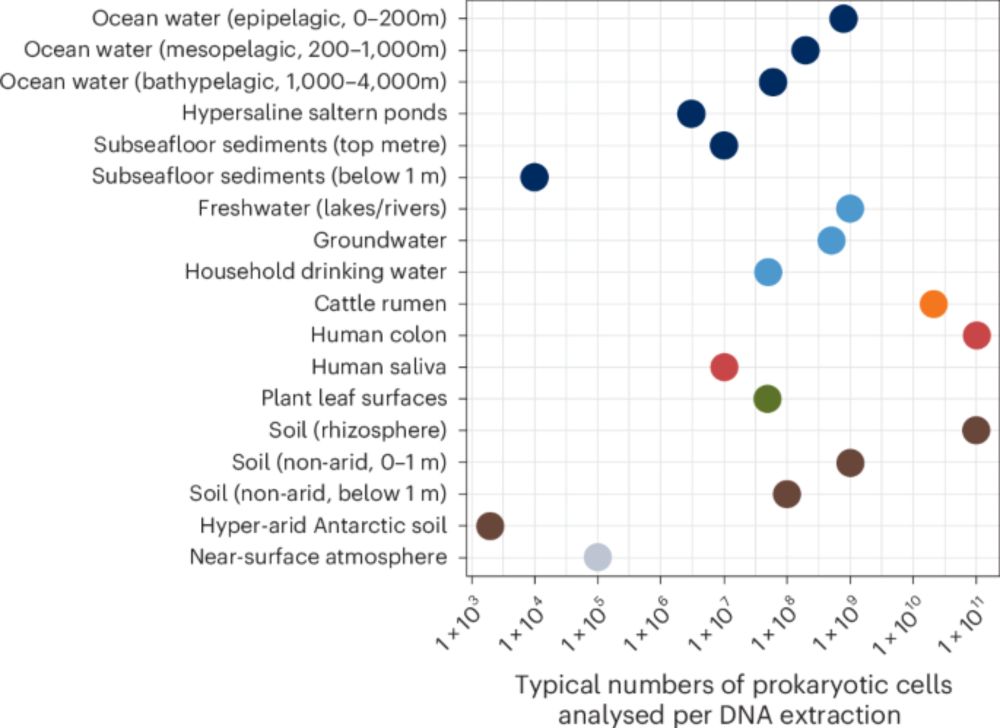
Guidelines for preventing and reporting contamination in low-biomass microbiome studies - Nature Microbiology
In this Consensus Statement, the authors outline strategies for processing, analysing and interpreting low-biomass microbiome samples, and provide recommendations to minimize contaminants.
doi.org
Reposted by Gulnara Tagirdzhanova
Reposted by Gulnara Tagirdzhanova
